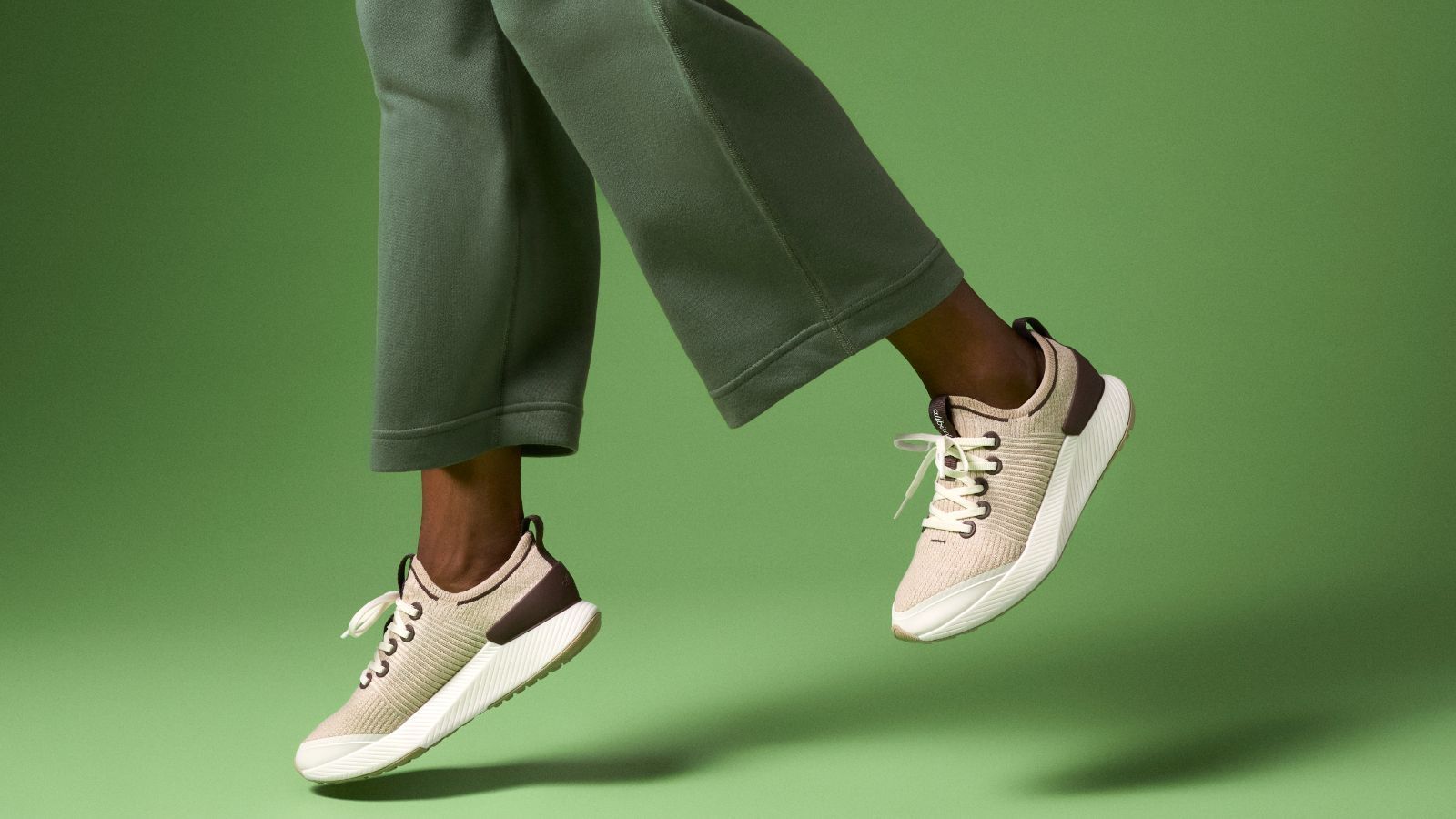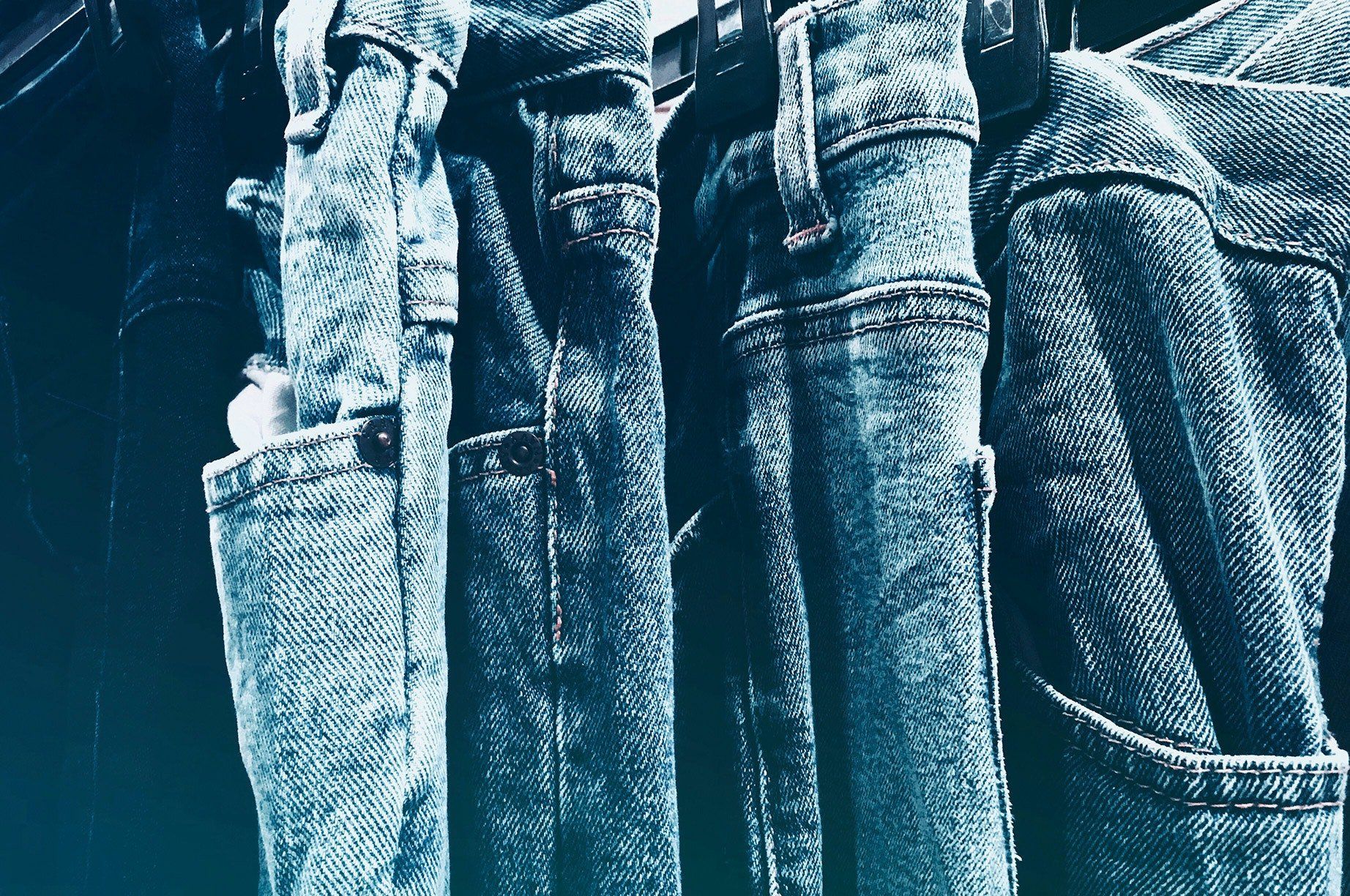Sustainable Sports Gear for an Eco-Friendly Workout
Our mission at Zero Wasted is to help you make more informed decisions when trying to buy more consciously - we do all the research so you don't have to. We sometimes use affiliate links on our site. We only recommend products we love, that we think you will too.
The world of sports is undergoing a profound transformation, with sustainability emerging as a primary concern for athletes, manufacturers, and environmental advocates alike. The sports industry plays a significant role in global waste and environmental harm.
Studies show that millions of tonnes of athletic gear are discarded in landfills annually, with synthetic materials requiring centuries to decompose. For example, a single pair of running shoes could take up to 1,000 years to break down completely, leaching harmful chemicals into surrounding soil and water systems in the meantime.
What’s more, the production of sports equipment exacerbates the issue, generating considerable carbon emissions, consuming large amounts of water, and heavily depending on non-renewable resources. From the shoes we run in, to the jackets we wear and the weights we lift, every piece of sporting equipment carries a potential ecological footprint that extends far beyond the playing field or workout space.
In this article, we’ll take a look at some of the ways you can cut the environmental impact of your fitness routine while staying on top of
your wellbeing.
Innovative Technology
In the quest for sustainable athletic experiences, innovative technologies are emerging that dramatically reduce the carbon footprint associated with sports travel. Advanced simulation technologies and immersive training systems now allow athletes and enthusiasts to enjoy their favourite sports without the environmental cost of physical transportation.
Golf, for example, is traditionally a sport that often requires extensive travel to different courses and destinations. But this has been transformed by cutting-edge simulator technologies that offer hyper-realistic experiences that capture the nuanced details of world-famous courses, so players can enjoy prestigious global locations from the comfort of their home.
Energy-Efficient Cardio Machines
Some of the most popular items of gym equipment are cardio machines, like treadmills and recumbent bikes. But few of us have these at home, which means heading to the local gym. Constantly used and left plugged in 24/7 means these pieces of equipment can be large consumers of energy, but they also offer an opportunity to switch to an eco-friendlier option.
SportsArt is one example of how we can achieve this. A green fitness company dedicated to sustainable sports, they have a line of
cardio equipment that utilises human exertion and turns it into electricity to power the machine. While they’re a considerable upfront investment, the long-term savings (both in gym fees and in electricity consumption) could make them a valuable solution.
Weight-Adjustable Dumbbells
In addition to machines, there are eco-friendly alternatives in non-electronic gym equipment. Adjustable dumbbell sets offer a practical solution that saves both money and space while promoting resource conservation by reducing the need for multiple weights.
Some sets even allow you to convert the dumbbells into a barbell, enabling further variety into your workouts while maximising your space and materials efficiency. These sets also help you to scale up your workouts and customise the weight to your preference for sustainable progressive overload.
Sustainable Settings
The surroundings are just as important as the equipment itself if you want to create a more sustainable workout. If you’re creating a home gym, maximising as much natural light as possible is one way to reduce your electricity consumption, such as strategically positioning mirrors to reflect the sunlight. Programmable thermostats are another way to regulate the temperature inside and avoid unnecessary heating or cooling.
When choosing mats and flooring for fitness spaces, durability and material composition are key considerations due to the high levels of wear and tear they’ll endure. Rubber flooring is a popular choice, which typically repurposes waste materials and also supports whole-floor installations designed to withstand heavy use.
Even smaller items like yoga mats can significantly impact the environment. Many traditional yoga mats are made from materials such as polyvinyl chloride (PVC) and phthalates, a type of semi-volatile organic compound (SVOC). But
eco-friendly yoga mats made from natural rubber, cork, or jute are excellent alternatives. These materials are biodegradable, sustainable, and free from toxic chemicals, making them safer for both users and the planet.
Green Gym Wear
Sustainable sportswear is emerging as a vital solution to mitigate the environmental footprint of the sports industry. Unlike conventional apparel, which often relies on synthetic fabrics like polyester and nylon derived from fossil fuels, sustainable sportswear prioritises eco-friendly materials and production methods.
These garments are designed to minimise waste, reduce carbon emissions, and extend product life cycles, all while maintaining performance and durability. One popular innovation is the use of recycled materials—brands are now producing sportswear from recycled polyester, which is often sourced from discarded plastic bottles or reclaimed textiles. This approach not only diverts waste from landfills but also reduces the need for virgin plastic production, cutting down on energy and resource consumption.
Thermoplastic elastomer (TPE) is becoming a favoured material for workout gear too, due to its eco-friendly properties. Unlike traditional materials like PVC, TPE is free of harmful phthalates and is advertised as being 100% recyclable and biodegradable. This makes it a more sustainable choice for items such as yoga mats and resistance bands. Paired with a greener washing routine that minimises damage to clothing, you can prevent excessive wear and tear to your gym wear and minimise replacements.
Sustainable sports gear is more than just a way to protect the environment—it’s an approach to athletic performance that holds value for both your personal wellbeing and the health of our planet. Making thoughtful and informed decisions ensures athletes keep pursuing their passions while playing an active role in protecting the Earth.
Choosing sustainable sports equipment is an ongoing journey, one that calls for constant learning, innovation, and a shared dedication to change. Every repaired jacket, recycled shoe, and intentionally chosen piece of gym gear brings us closer to a greener future for athletics.
Browse the UK’s most
sustainable products, curated by Zero Wasted, to help you live a more sustainable lifestyle.
Newsletter Signup










